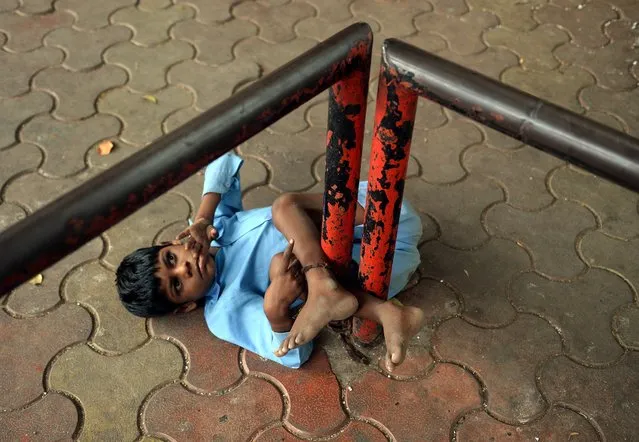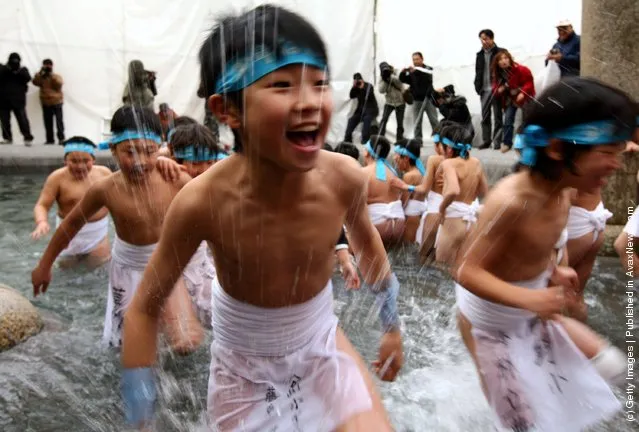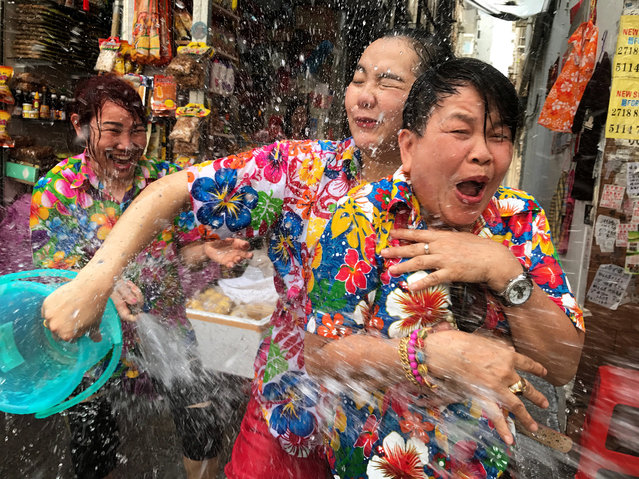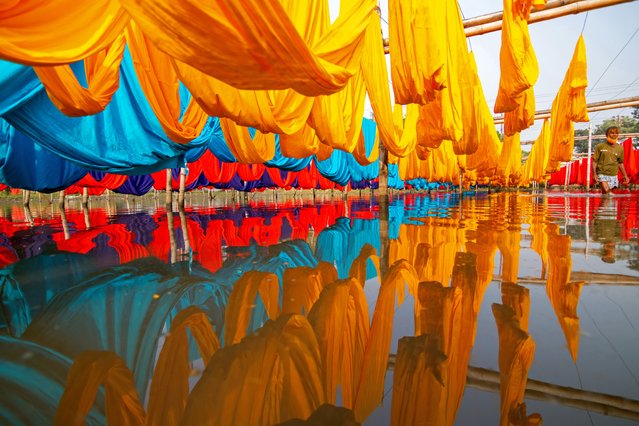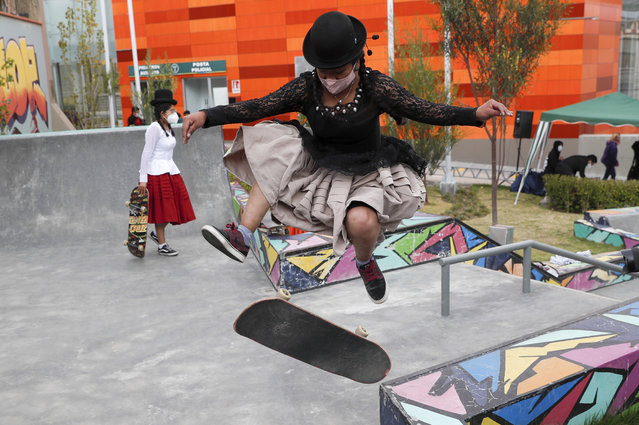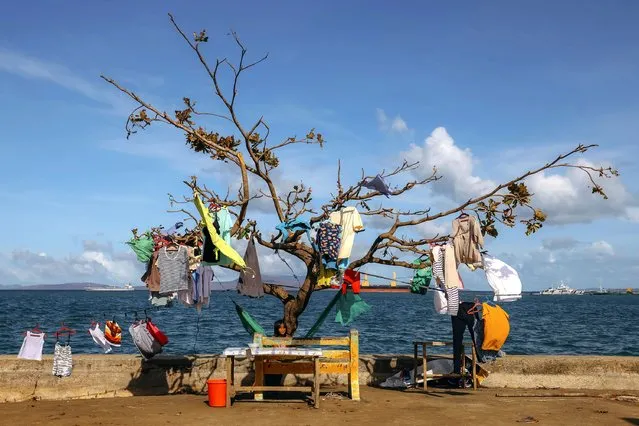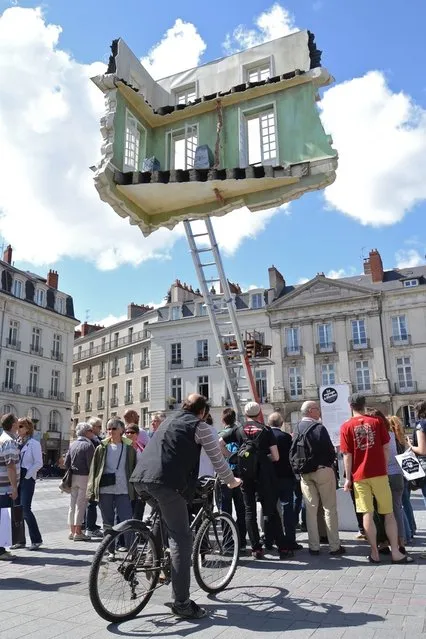
Like a scene from a fantasy movie, a dilapidated room that appears to have been literally ripped out of a building remains suspended in mid air above Nantes, France. Its walls were torn apart, revealing bricks below the plaster, and wood floors reveal the joists inside. The floating room is accessible via a ladder. The gravity defying surreal installation is the work of Argentinean artist Leandro Erlich. The large-scale piece, called “Monte-meubles – L’ultime déménagement” (literally - The Furniture Lift – The Ultimate Moving Out), was created for the biannual Le Voyage a Nantes, an art festival which turns the entire French city into an art gallery.
30 Apr 2014 12:55:00,post received
0 comments

